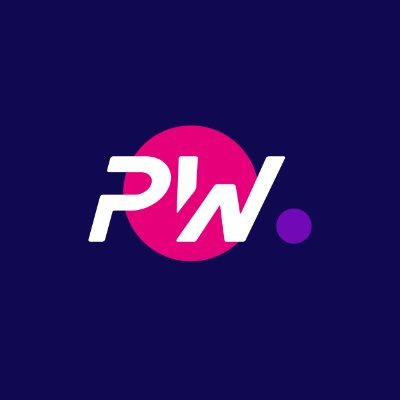💥Polkadot’s Second Age is taking shape!
@paritytech's latest engineering update just dropped 3 signals every builder & investor should care about.👀
1️⃣ The base layer is leveling up — stability is becoming a feature
Hub reliability, consistent RPCs, cleaner execution tracing.
These are the upgrades you ship when you’re preparing for real users, real apps, real businesses.
2️⃣ PVM & JAM are crossing the line from theory → production engineering
Deterministic execution, message-passing, node lifecycle logic —
This is the infrastructure that makes serious Web3 applications possible.
3️⃣ Tooling momentum is back
Faster local setup. Cleaner dev containers. Smoother SDKs.
Lower friction ≠ small detail — it’s the #1 predictor of ecosystem growth.
None of this is flashy.
None of this is hype.
But it’s exactly the kind of compounding engineering work that precedes an adoption wave.
The story between the lines?
Polkadot isn’t “slow” — it’s quietly laying down the foundations for its next era.
And when the foundations are this strong… the apps come fast. 🏄♀️
Here’s a quick snapshot of progress across the Parity engineering teams as we build the foundations for the Second Age of Polkadot:
• Polkadot Hub
The team continues refining the developer experience. Key improvements include stability fixes around precompiles, more consistent RPC behaviour, and better tracing of contract execution.
Small but significant changes that smooth the path for Solidity and PVM developers.
• PVM (Polkadot Virtual Machine)
Work continues on the PVM prototype. The focus remains on execution correctness, gas accounting, and deterministic behaviour across nodes. The team is tightening the feedback loop between the PVM runtime and the toolchain to support early internal experiments without friction.
• JAM
Engineers progressed on several spec clarifications and early implementation blocks, focusing on message passing, node lifecycle, and simplifying the programming model. No hype here, just steady steps toward a verifiable, modular compute layer.
• Reliability & Performance
Core infra teams shipped updates improving block production stability on test networks and expanded internal monitoring to track availability across all teams. The reliability dashboard continues to inform tighter iteration cycles and faster root cause identification.
• Tooling
Ongoing DevContainer, CI, and SDK improvements reduce overhead for developers inside and outside Parity. This adds stronger linting, easier local chain bootstrapping, and incremental usability upgrades to the stack.
The work isn’t glamorous, but it compounds.
Every week, we’re tightening the fundamentals that make the Second Age of @Polkadot possible.

2,730
18
本頁面內容由第三方提供。除非另有說明,OKX 不是所引用文章的作者,也不對此類材料主張任何版權。該內容僅供參考,並不代表 OKX 觀點,不作為任何形式的認可,也不應被視為投資建議或購買或出售數字資產的招攬。在使用生成式人工智能提供摘要或其他信息的情況下,此類人工智能生成的內容可能不準確或不一致。請閱讀鏈接文章,瞭解更多詳情和信息。OKX 不對第三方網站上的內容負責。包含穩定幣、NFTs 等在內的數字資產涉及較高程度的風險,其價值可能會產生較大波動。請根據自身財務狀況,仔細考慮交易或持有數字資產是否適合您。


